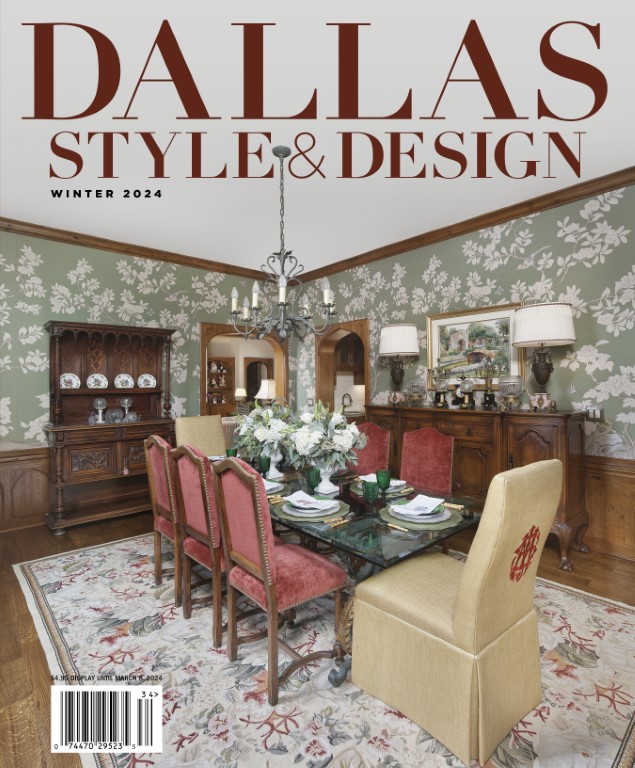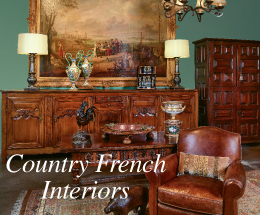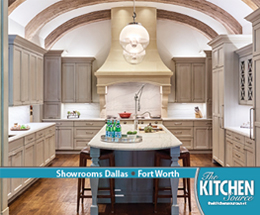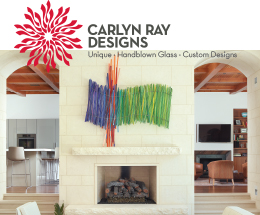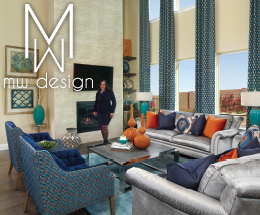
A sense of heritage and beauty comes naturally to Bruno de la Croix-Vaubois, a leading Dallas antiques dealer. As a young man living in Versailles, France, close to the grandest of French royal residences, the Palace of Versailles—with its 2,300 rooms filled with magnificent treasures—he absorbed a passion for antiques from his parents and grandparents.
“Growing up in Europe probably gave me an edge when I started my business,” says de la Croix-Vaubois. “I realized I could bring to Americans something they didn’t have – beautiful things that could be passed from generation to generation.”

A longtime resident of Dallas, de la Croix-Vaubois had been selling real estate when he noticed that many of the mansions being built lacked elegant interiors to match their exteriors. “I did my homework and saw a gap in the market,” he recalls. “In the mid-1980’s, nobody carried antique Country French furniture.”
A friend in the antiques business suggested he take his knowledge and love of antiques and carve out his own niche. After several visits to France exploring the market, de la Croix-Vaubois brought back photos of various pieces, which he shared with people in the industry. “They were different, new to American eyes,” he says. “Designers were especially excited.”

Thirty-three years after he opened the Country French Interiors showroom in the Dallas Design District (9,000 square feet and still in the same location), de la Croix-Vaubois says the excitement continues. Today, the showroom features one of the largest collections of 17th-, 18th- and 19th-century French antiques in the United States. His client list of designers, antiques collectors and anyone who loves beautiful things shop in-store or from the company website and online sites such as 1stdibs and Chairish. In addition to furniture, the company features a wide selection of paintings and decorative items, including mirrors, chandeliers and clocks, enhanced by an outstanding collection of tapestries, especially prized Aubussons. Complementing the French focus, the company also carries some antique pieces from Spain and Italy. Searching for distinctive, one-of-a-kind European treasures for clients is a specialty.

Country French Interiors is proud of the close personal relationships it has with its client base. Son Chris de la Croix-Vaubois joined the company six years ago and handles the day-to-day operations, and he accompanies his father on regular buying trips to France. The father-son team have established connections with grassroots suppliers and dealers who guide them straight to the source to handpick pieces. “Sometimes we find them in the middle of nowhere,” says Bruno de la Croix-Vaubois. “They may have been part of a Provence home for many generations.”
According to de la Croix-Vaubois, during the reigns of Louis XIV, Louis XV and Louis XVI (1643 to 1800) high-quality furniture was produced by exceptionally talented craftsmen, and the tradition continued into the 19th century. They used fine woods, such as walnut, chestnut and wild cherry, which he calls “the prettiest and warmest wood of all.”
Furniture, whether from chateau or estate, reveals an enduring charm. Handcrafted from a combination of natural materials, pieces are often intricately carved or display textured and polished surfaces, complete with a rich, centuries-old patina. Armoires, buffets, commodes and tables complement simpler pieces, such as bonnetieres, tall, narrow cupboards from Normandy and Brittany where ladies stored their elaborate bonnets. Panetières, small 18th-century decorative cupboards from Provence, were designed for keeping bread while small, low cabinets known as confituriers held jars of jam or marmalade.

Country and provincial French furnishings are versatile enough to fit into different settings and function well today, notes de la Croix-Vaubois. For example, a 300-year-old commode can enhance an entry hall or living room. An antique buffet fits well into a dining room, and a carved desk becomes the focal point in a contemporary room. “Some French furniture is now painted to give it a lighter look that blends into different settings,” he adds.
As an authority on antique French furniture, de la Croix-Vaubois understands the value of provenance and loves to share what he knows about a piece with his customers. He emphasizes that French furniture is appealing not only for its aesthetic beauty and warmth, but also for the heritage it represents. “A piece from 1750 is older than this country,” he says. *
Helen Hill has lived in South Florida since moving from her native England two decades ago. When not writing for varied publications about her favorite lifestyle topics of design, architecture and real estate, she likes exploring local antiques and thrift shops looking for fun collectibles and inspiration.

